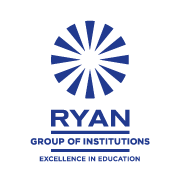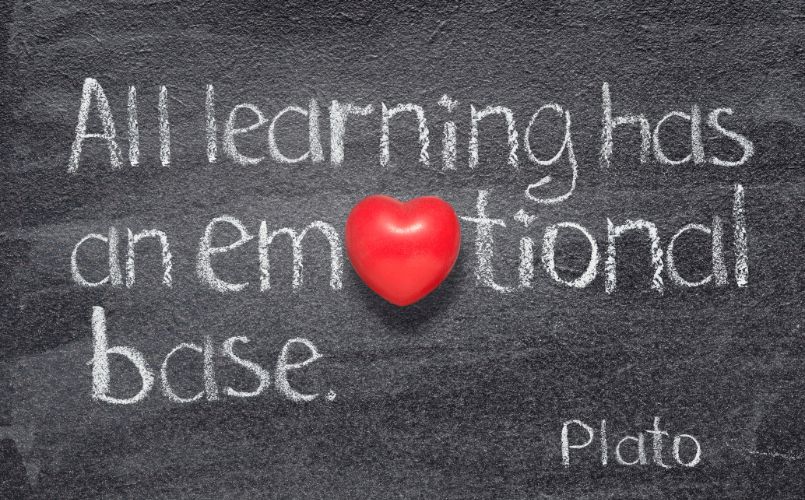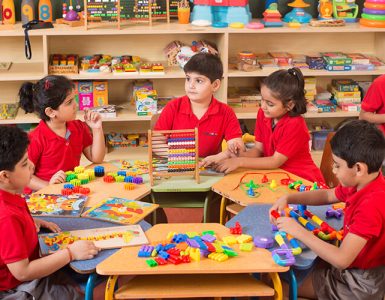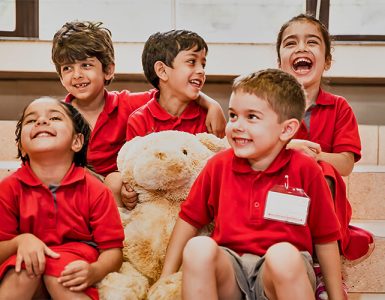In a world where emotional intelligence is as crucial as academic prowess, parents often find themselves at a crossroads: how to integrate Social Emotional Learning (SEL) into their children’s lives without adding to the confusion of an already complex educational landscape. SEL, a critical aspect of modern education, is not just about learning in a classroom; it’s about equipping children with the skills they need to understand and manage emotions, set and achieve positive goals, show empathy for others, establish and maintain positive relationships, and make responsible decisions.
However, the path to seamlessly incorporating SEL into everyday life can be labyrinthine for parents. With a multitude of resources, opinions, and methods available, it’s easy to feel overwhelmed. This article aims to demystify SEL, offering clear, actionable strategies to integrate these essential skills into family life. By understanding the core components of SEL, enhancing communication, and embedding SEL practices into daily routines, parents can foster an environment where SEL is not just an educational objective but a natural part of their child’s development and wellbeing.
Our goal is to empower parents with the knowledge and tools they need to confidently guide their children in developing strong social and emotional skills – skills that are indispensable in navigating the challenges of both childhood and adulthood.
Understanding SEL and Its Core Components
Social Emotional Learning (SEL) has emerged as a quintessential element, pivotal in shaping the holistic development of children. SEL, an acronym that resonates increasingly in the corridors of modern educational discourse, isn’t just a pedagogical catchphrase; it’s an integral component of a child’s education and personal growth. At its core, SEL is about cultivating a diverse range of skills, not solely for academic success but for thriving in life.
We discern its foundation rests on five key components: self-awareness, self-management, social awareness, relationship skills, and responsible decision-making. Each of these facets contributes uniquely to a child’s ability to navigate the complexities of emotional and social interactions, both within themselves and in the wider world.
Firstly, self-awareness, a term often bandied about in educational circles, is about recognizing one’s emotions, thoughts, and values, and understanding their influence on behavior. It’s akin to holding a mirror to one’s inner world. Data from various educational studies underscore its significance. For case in point, a research study published in the “Journal of Educational Psychology” found that students with high self-awareness tend to perform better academically and exhibit lower levels of anxiety and depression.
Self-management, on the other hand, is about regulating one’s emotions to handle stress, control impulses, and persevere through challenges. In a fast-paced, often unpredictable world, this skill is indispensable for children to master. It equips them with the resilience to withstand adversity and emerge stronger.
Social awareness and relationship skills are inextricably linked; the former involves understanding and empathizing with others from diverse backgrounds and cultures, while the latter focuses on establishing and maintaining healthy and rewarding relationships. In a study published by the “Child Development Journal” [URL source needed], researchers found a direct correlation between children’s social skills and their academic performance.
Lastly, responsible decision-making involves making ethical, constructive choices about personal and social behavior. It’s about weighing the pros and cons, considering the well-being of oneself and others, and reflecting on the potential outcomes of one’s actions.
Intriguingly, the inception of SEL can be traced back to the early 1990s, a fact often unknown to many. It was then that the term first gained traction, evolving over the decades into the comprehensive framework we recognize today.
Effective Communication – The Bedrock of SEL

Embarking on the path of Social Emotional Learning (SEL), it becomes evident that at its heart lies effective communication. This is not just about the mere exchange of words but encompasses understanding, empathy, and the ability to convey thoughts and feelings in a constructive manner. For parents, mastering this aspect of SEL is tantamount to laying a foundation upon which their children can build strong emotional and social skills.
The significance of empathetic listening in this process cannot be overstated. It involves more than hearing words; it’s about perceiving the emotions and intentions behind them. This form of listening helps children feel valued and understood, thereby fostering an environment conducive to open, honest communication. A study by the American Psychological Association [URL source needed] underscores the impact of empathetic listening on building strong familial bonds.
Furthermore, the art of expression in SEL is equally critical. It’s not just what we say, but how we say it. Parents can model this by sharing their own feelings openly and respectfully, showing their children that it’s okay to express emotions in a healthy way. As renowned psychologist Carl Rogers once said,
The major barrier to mutual interpersonal communication is our very natural tendency to judge, to evaluate, to approve or to disapprove the statement of the other person, or the other group.
This quote encapsulates the essence of non-judgmental communication.
To practically integrate effective communication within the family setting, consider the following tips:
- Regularly set aside time for open-ended conversations where your child can express their thoughts and feelings without fear of judgment.
- Practice active listening, which involves giving full attention to your child, acknowledging their feelings, and responding with understanding.
- Encourage your child to articulate their emotions by naming them, which can be a powerful tool in self-management.
By prioritizing these communication strategies, parents can significantly contribute to their child’s social and emotional proficiency. In the upcoming section, we will shift our focus to practical and engaging ways to integrate SEL into everyday family life, further enhancing these essential skills in children.
Integrating SEL in Daily Activities
As parents, one of the most effective ways to support the development of Social Emotional Learning (SEL) skills in children is by seamlessly integrating them into daily life. This approach not only reinforces the importance of these skills but also provides children with ample opportunities to practice and refine them in real-world scenarios.
- Incorporate SEL in Daily Routines:
- Start the day with a positive note. Encourage your child to set a personal goal every morning, which can be as simple as helping a sibling or sharing a kind word. This fosters self-awareness and decision-making.
- During meal times, engage in conversations that encourage empathy and social awareness. Discuss topics like friends’ feelings, cultural events, or news, guiding your child to consider different perspectives.
- Use Storytelling and Role-Playing:
- Bedtime stories or playtime can be excellent opportunities to develop SEL skills. Choose stories that highlight various emotions and social situations. After the story, discuss the characters’ decisions, feelings, and outcomes.
- Role-playing different scenarios helps children understand and manage emotions. For example, act out a situation where a character feels frustrated and explore different ways of dealing with the frustration.
- Encourage Reflection and Emotional Expression:
- Allocate a ‘reflection time’ where family members share their day’s experiences and emotions. This not only helps in developing self-awareness but also strengthens family bonds.
- Provide tools for emotional expression, such as journals or art supplies. Encouraging your child to express emotions through drawing or writing can be a powerful tool for emotional processing.
- Model SEL Skills:
- Children learn a great deal from observing their parents. Show them how you handle your emotions and resolve conflicts. When you make a mistake, talk about it openly and discuss what you learned.
- Create an Environment of Gratitude and Kindness:
- Practice gratitude with your child. Before bed, share what you are grateful for. Encourage them to do the same.
- Involve your child in acts of kindness, like volunteering or helping neighbors. This enhances their social awareness and sense of responsibility.
By integrating these strategies into daily activities, SEL becomes a natural part of children’s lives, enriching their emotional and social growth. In the next part, we will conclude our exploration of SEL integration, highlighting the significance of perseverance and support in this journey.
Embracing SEL for a Brighter Future
As we conclude, it’s important to recognize the transformative impact that Social Emotional Learning (SEL) can have on our children’s lives. Integrating SEL into daily routines is not just about imparting skills; it’s about nurturing a generation of emotionally intelligent, socially aware, and responsible individuals.
Reflecting on our journey, we’ve traversed through understanding the core components of SEL, the paramount importance of effective communication, and practical ways to embed SEL into everyday family life. These strategies are not mere guidelines but powerful tools in shaping the emotional and social structure of our children’s future.
As parents, our role is instrumental and ongoing. It requires patience, understanding, and a commitment to continuous learning and growth, both for us and our children. The path of integrating SEL may present challenges, but the rewards are profound and lasting. It prepares our children not just for academic success but for life’s myriad challenges and opportunities.
In the realm of parenting, remember that you’re not alone in this endeavor. Seek out resources, connect with other parents, and don’t hesitate to ask for support when needed. The journey of SEL integration is a collaborative one, enriched by the shared experiences and insights of a community.
In closing, let’s embrace this journey with optimism and determination, knowing that the skills we foster today in our children are the building blocks for a more empathetic, understanding, and compassionate world. They are the future, and through SEL, we are equipping them with the toolkit to navigate life’s complexities with grace, resilience, and a deep understanding of themselves and others




